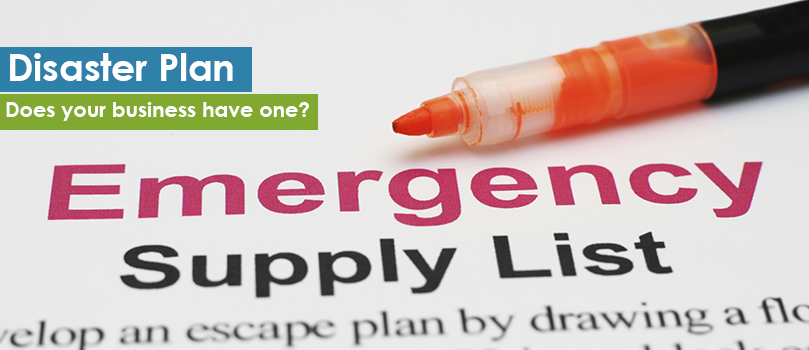
Your business must have a disaster plan in place. There’s no procrastination justified. If you don’t have one, you should put one in place as soon as possible.
That’s because you never know when a disaster will strike. It could be a fire or weather-related such as an earthquake, tornado or hurricane or just about anything you can imagine. The bottom line is your business needs to be prepared so you can get up and running quickly.
How important is it? In addition to losing thousands of dollars even if you have insurance, according to the Insurance Information Institute, 15% to 40% of businesses fail after a natural or manmade disaster.
With more limited resources, small businesses cannot recover and rebuild as easily as a larger company can after a disaster.
Assess Your Risk
You’ll need to assess your risk including the area your business is located, the weather disasters and emergencies that have occurred in recent years and what type of catastrophes your building can handle. This assessment will allow you to make upgrades to help decrease the effects of any storm damage.
Next, you should create a list of the important functions your business needs to maintain or continue as soon as possible in the event of a disaster or long power outage. Ask yourself how long you can run your business without access to customer files or for that matter, your computer or storage server?
Back Up Your Data
On a daily basis, you should back up your entire computer, financial, employee and insurance data and store it offsite in a secure location. The saying, “It’s better to be safe than sorry,” could not be more truthful than it is in this case.
Make sure you have employees’ phone numbers and know ahead of time if and where the staff should work. Your customers will be eager for information on when your company is operating again. This is where it may be best to turn to social sites such as Facebook and Twitter to announce the latest news. Even when the power is out, in many cases, mobile devices will still work.
Review Your Insurance Policy
Now is the time to review your current insurance policy. You may believe you have enough coverage but it’s best to check your policy and read it carefully. If you have any questions on coverage, call your insurer. You don’t need any surprises later when you’re filing a claim.
